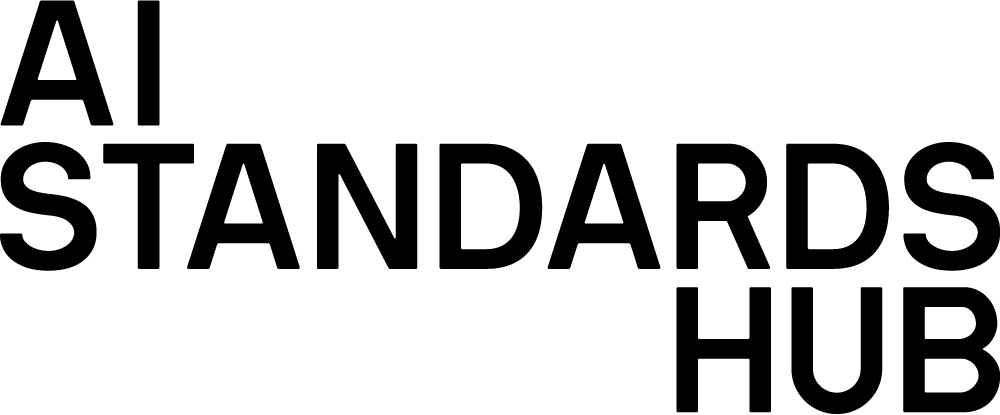Information technology. Service management. Guidance on the application of service management systems
Last updated: 18 Jul 2024
Development Stage
Pre-draft
Draft
Published
Scope
What is ISO 20000-2 about?
ISO 20000-2 describes service management systems for services firms, as well as service-oriented departments of large corporations. ISO 20000-2 is the second part of the information technology – service management system multiseries. ISO 20000-2 provides guidance on the application of a service management system within an IT services setup.
You would get guidance on establishing, implementing, maintaining, and improving a service management system through ISO 20000-2. You would be able to support the management of your entire service cycle – including planning, design, transition, and delivery; using ISO 20000-2.
The guidance is generic, so that it can be applied by your organization regardless of type, size, or nature of services delivered.
Who is ISO 20000-2 for?
ISO 20000-2 applies to any organization using a service management system, regardless of its type or size or the nature of the services delivered, although the standard has its roots in IT and is intended for service management of services using technology and digital information. Specifically, it will be used by:
- Organizations seeking services from service providers and requiring assurance that their service requirements will be fulfilled
- Organizations that require a consistent approach by all their service providers, including those in a supply chain
- Service providers that intend to demonstrate their capability for the design, transition, delivery and improvement of services that fulfil service requirements
- Service providers wishing to monitor, measure and review their service management processes and services
- Service providers wishing to improve the design, transition, delivery and improvement of services through the effective implementation and operation of the service management system
- Conformity assessors of a service provider’s service management system to the requirements in this part of ISO/IEC 20000
Why should you use ISO 20000-2?
The approach that service providers take can sometimes be a break-fix, unstructured one. This keeps you stuck in firefighting mode. A service-oriented approach could evolve you into a strategic partner for your customer. To get there, a systematic approach is required. Once you implement service management systems, using the guidelines provided in ISO 20000-2; you would have a structured approach to your entire project life cycle.
ISO 20000-2 is an easy to read and understand guidance document on applying service management to any service provider: internal or external, large or small, commercial or non-commercial.
ISO 20000-2 gives guidance on establishing, implementing, maintaining and continually improving a service management system. It provides examples and suggestions to help you to interpret and apply Part 1, including references to other parts of ISO 20000 and other relevant standards.
ISO 20000-2 is essential to anyone implementing a service management system based on ISO 20000-1, but can be used by any organization besides that is looking for guidance on how to improve service management, whether or not it’s interested in seeking certification.
In particular, ISO 20000-2 will help you to:
- Establish whether BS ISO/IEC 20000-1 applies to your organization’s specific circumstances
- See how the scope of your service management system can be defined, irrespective of experience with other management systems
- Improve service management system implementation efficiency
ISO 20000-2 helps you to establish and run a service management system that systematically and consistently improves the delivery of a service.
© BSI 2022 All rights reserved
External Links
Let the community know
Categorisation
Key Information
Referenced standards: IEC 20000-10, ISO 37500, ISO 31000, IEC TR 20000-12, IEC TR 20000-7, ISO 9001, IEC 20000-3, IEC 19770-1, IEC TR 20000-11, IEC 38500, IEEE 15939, ISO 55001, IEC 20000-1, IEC 27000, IEC 20000-6, IEC 27001


